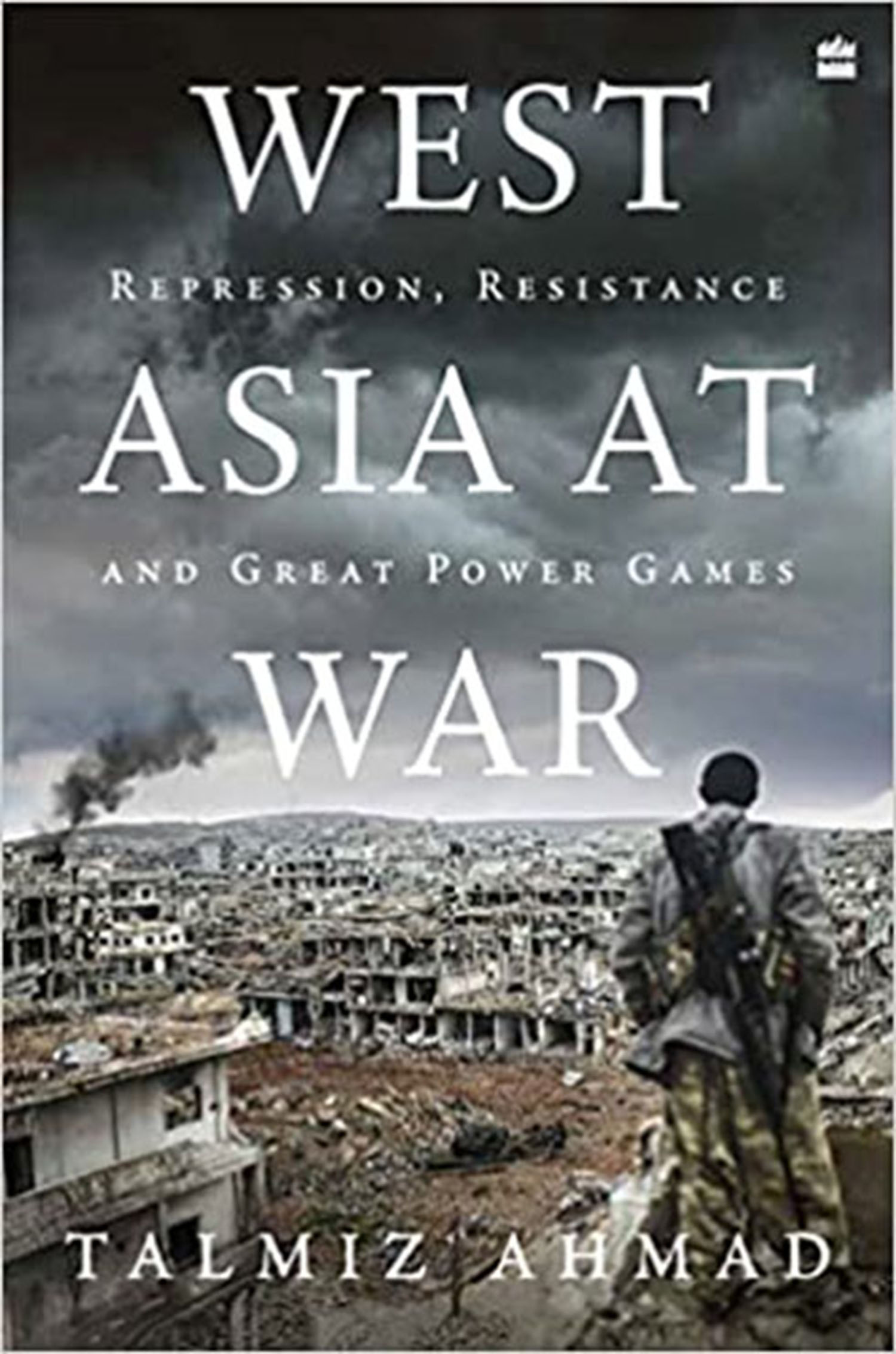The history of West Asia is littered with violent conflicts—interstate wars, civil wars, insurgencies, revolutions, coups, invasions by foreign powers, and ethnic and sectarian strife. After the 1967 war between Israel and a group of Arab nations led by Egypt, peace in the ‘Middle East’ has been elusive. The events in the region constantly seek global attention for a variety of reasons. Divided into eight chapters the book under review seeks to piece together diverse matters into a coherent narrative that helps to make sense of the dynamics of the region—political, religious, military, socio-economic and cultural—that have shaped contemporary alignments and divisions, thus making the region unstable and volatile. The book prefers to use the term ‘West Asia’ instead of the Middle East, which is viewed as pejorative and Eurocentric. West Asia is the stage for the interplay of four regional peoples—Arabs, Persians, Jews and Turks—who have had interactions with each other since time immemorial in terms of commerce, philosophy, faith, the arts and literature, and war, shaping in the process a unique civilizational affinity.
The book details in the first two chapters western incursions into the region, and their subsequent domination—political, economic and cultural. The colonial control systematically foiled all endeavours at reform thus imposing an antediluvian political order sponsored by the colonial masters to serve their interests. The burden to not foresee all this has to be put on Arab intellectuals as they severely erred in believing that Europeans would be their partners in progress. However, this was never a part of the western agenda, which was driven only by avarice for territory, raw material and natural resources.

